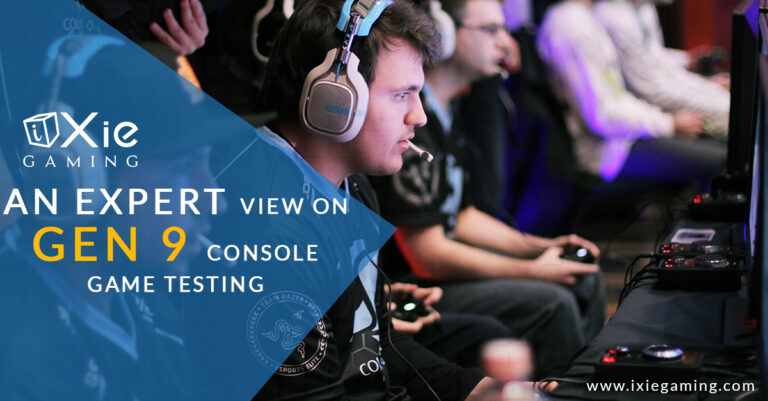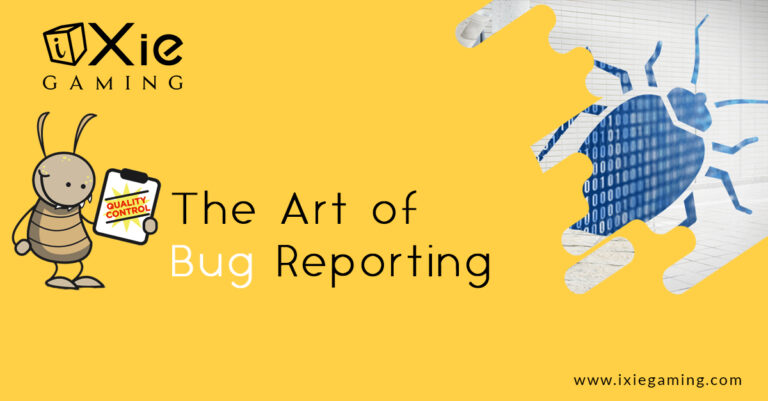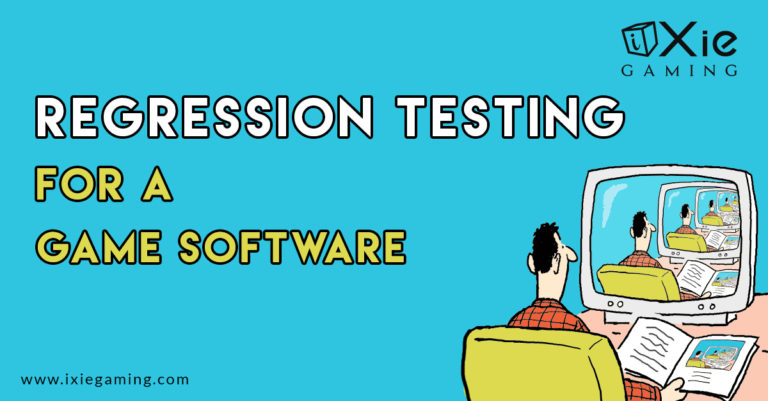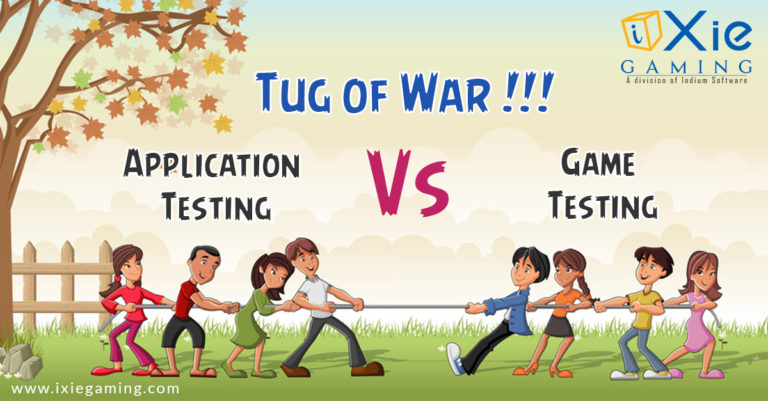Game lovers can agree that the quality of a gaming application is the most exciting thing about a game setup. Game QA is an integral part of game development which ensures that the end products of console games are safeguarded against glitches. For developers and QA teams, their work is cut out for them.
They must ensure that aspects like game functionality and compatibility are optimal. To achieve this, testing techniques that guarantee the highest quality results must be followed. Below are seven testing techniques a specialist must master to achieve infallibility in the overall gaming experience.
1. Compatibility Testing
Compatibility issues are paramount when it comes to game testing. There are several different platforms or models within the same platform where a game is expected to perform optimally. The foremost objective of mastering this technique is to ensure that a gaming application responds in the same way regardless of the operating system or console.
In compatibility testing, platform-specific issues, such as control malfunctions, changes in frame rates, and picture glitches, can be noticed and eventually worked on. For a gaming application to successfully perform in an environment, it was not initially built to operate in, it’s essential not to skip this step in game development because most developers require their products to be accessible on different gaming platforms.
2. Functionality Testing
This testing technique is mastered to ensure that generic issues like sudden aspect-ratio changes or audio-video errors don’t hamper the user’s gaming experience. To ensure that a game performs optimally, this form of testing is also employed to see what happens during sudden reboots, game installation, and crashes. Functionality testing is necessary to ensure the game works as expected in the product specifications.
Since the functionality testing technique is a type of black-box testing, the gaming application can be tested without necessarily knowing how the software behind the game was implemented. This is especially important for developers because they can have testers test their products to avoid confirmation bias. The testers, on the other hand, enjoy the experience of being the first users to interact with the game model before it hits the public domain.
3. Regression Testing
It’s essential to keep a gaming application up-to-date by providing regular updates. In regression testing, the stability and integrity of the build are considered vital to ensuring that changes, updates, or fixes don’t affect the game’s functionality. QA testers also use the regression technique to revalidate the results from previous tests by re-executing them.
The regression testing technique is a vital part of game development. The software design parameters of the game are sometimes replaced with extensive and automated updates/fixes, which are then re-tested and rerun throughout each stage of the game development process. Mastery of this technique is essential and is usually done after functionality testing has been completed.

4. Security Testing
Computer systems that exchange information with a network through uplinks & downlinks stand a risk of getting hacked. Most gaming applications use data communications, so a security testing technique is extremely vital to ensure that games are adequately protected. Mastering this technique and ensuring that security tests are passed is critical to the success of a game because it gives the consumers confidence in the end product.
The integrity of a gaming system is topmost on the list of things developers must consider before releasing gaming applications to the public. QA testers must master this technique because a noticeable security lapse can result in disastrous consequences for consumers and developers. It could also be catastrophic for gaming companies because they lose a lot of money by ordering recalls when a product is found to be defective.
5. Clean-room Testing
Clean-room testing is a mandatory technique that must be mastered in game development. This technique aims to locate the exact origin of a glitch or bug within the game build. Without a clean-room test, developers risk fixing bugs in a singular code only to see the bug reappear. Running a clean-room test through statistical analysis and design refinements can save time and effort.
In addition to saving time and effort, the clean-room testing technique is also a cost-saving measure for game development. If it can be avoided altogether, The game development process should not be bogged down by unnecessary re-testing and reconfigurations.

6. Usability/Play Testing
Playtesting is another mandatory technique that must be mastered before a game application is released. In this process, developers and QA testers can play a finished game version to determine if any issues may have been overlooked. Engaging a gaming application at the front end can reveal undetectable non-functional errors at the back end.
Usability testing also aims to optimize the consumer experience. QA specialists must evaluate intuitiveness and overall usability by gathering feedback from real players. When consumer suggestions are addressed, the gaming experience becomes more enjoyable and accessible.
7. Localization Testing
Many games are created with a specific demographic and region in mind. This testing technique ensures that a gaming application is linguistically accurate and culturally significant to players worldwide. Developers always want to ensure that consumers enjoy their products, not just on the surface but personally.
It is essential to state that although not all games need game localization testing, developers must conduct appropriate research about their consumer markets. Game chat rooms are a suitable place to get good feedback from different people about what they hope to gain from their gaming experiences.
Conclusion
The gaming industry is projected to become a 300 billion industry by 2025, and with a diverse range of games to choose from, the competition to stay relevant is stiff. Consequently, Game QA has become an undeniably valuable and necessary step in ensuring that the consumer gaming experience is thoroughly satisfying and thrilling.
As technological advancements evolve, QA specialists must develop and refine their testing techniques. By mastering these seven techniques needed to achieve infallibility in game consoles, product development in the gaming industry can meet the highest quality standards.
Looking for a trustable game-testing partner? Inquire Now! We are a Leading Video Game Testing company with over 10+ years of experience in testing various game genres.






